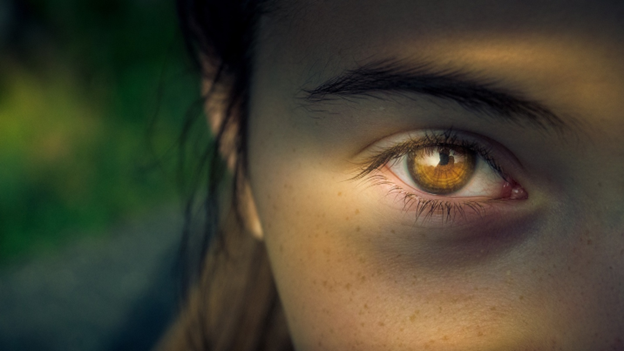Dry eye is a common condition that can range from minor irritation to severe discomfort. It occurs when the eyes cannot produce enough tears or the quality of tears is poor, leading to a feeling of dryness and irritation. If left untreated, dry eye symptoms can worsen over time and become a recurring condition.
The exact cause of recurring dry eye may vary from person to person, but some common factors often contribute to the development and maintenance of this condition. Here are some of the most frequent causes.
Inadequate amount of tears
The eyes may not produce enough tears to keep themselves lubricated and comfortable. This could be caused by underlying medical conditions like diabetes, Sjogren’s syndrome, autoimmune diseases, or vitamin A deficiency. It could also be due to certain medications like antihistamines and antidepressants. The best dry eye treatment involves IPL, an innovative laser treatment that works by restoring moisture and lubrication to the eyes, helping to reduce dry eye symptoms and improving one’s overall comfort.
Poor quality of tears
The tear film on the eyes must be balanced to lubricate the eyes properly. If any part of this balance is off—for example, an imbalance in electrolytes or proteins—it can lead to poor-quality tears that don’t adequately lubricate the eyes.
Dry environment
Dry air can cause the tear film to evaporate quickly and leave individuals with dry eyes. This is a common problem during winter when indoor heating systems can dry the air. Spending too much time in air-conditioned spaces can also adversely affect the tear film balance.
Sun exposure
The eyes are particularly vulnerable to long-term sun damage due to their sensitive nature. Too much exposure to ultraviolet (UV) rays can cause inflammation in the eyes, leading to chronic dryness and discomfort over time. Therefore, it is important to protect the eyes from the sun’s UV rays by wearing sunglasses with 100 percent UV protection when individuals are outdoors for extended periods of time. This aids in preventing recurrent dry eye problems and helps keep the eyes healthy and properly nourished.
Wearing contact lenses
Long-term contact lens use has been linked with an increased risk of developing chronic dry eye syndrome due to decreased blinking rates while wearing lenses and potential damage caused by certain contact lens materials used for extended periods.
Smoking or secondhand smoke exposure
Smoking has been linked with an increased risk of developing chronic dry eye syndrome due to its damaging effects on tear production and quality and its association with other underlying health conditions, such as diabetes and autoimmune diseases, which may contribute towards recurrent cases of dry eye syndrome.
Conclusion
While there are many possible causes for recurring cases of dry eye syndrome, understanding them better will help patients develop strategies to prevent it from happening again. By staying aware of these common triggers and taking steps such as wearing sunglasses with UV protection when outdoors, patients may be able to reduce their chances of developing chronic cases of dry eye syndrome over time so that they can enjoy healthy vision without worrying about having recurrent episodes of discomfort or irritation.

